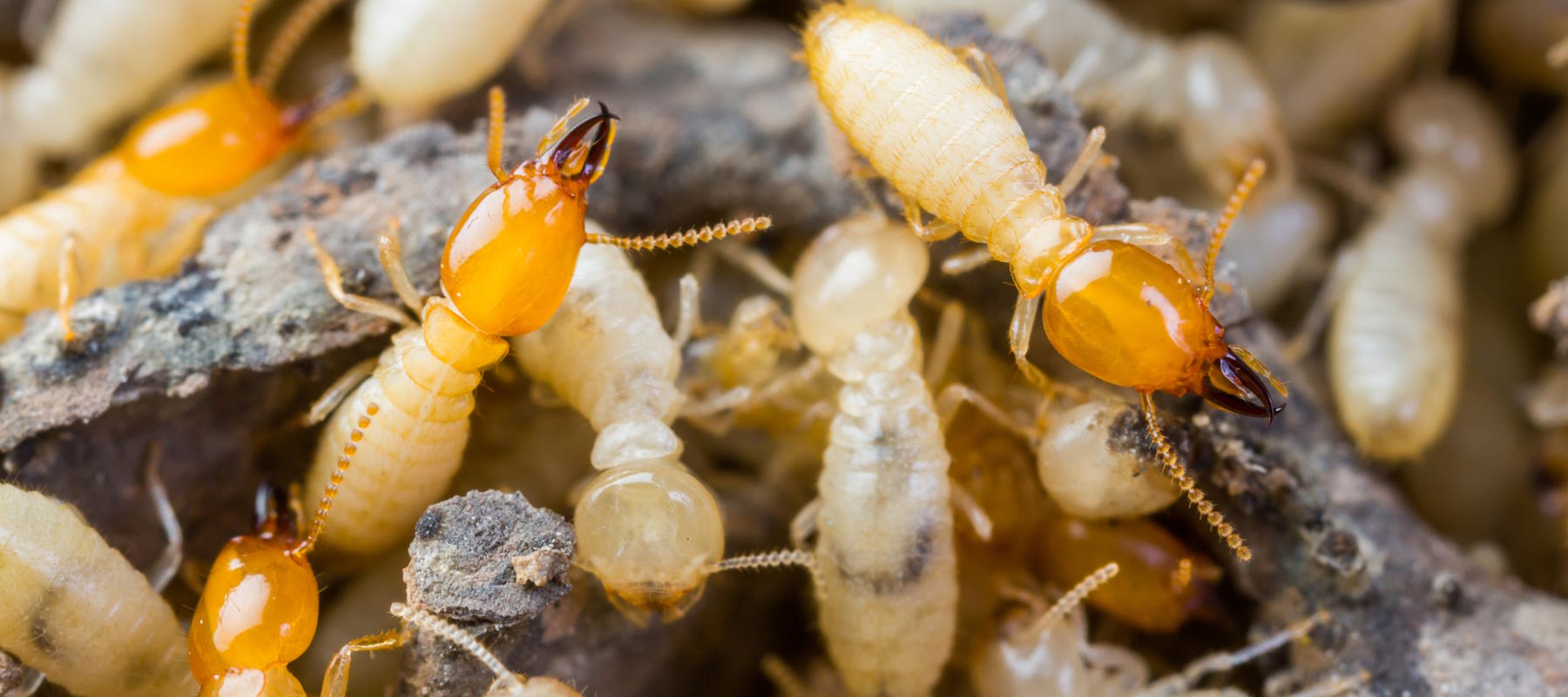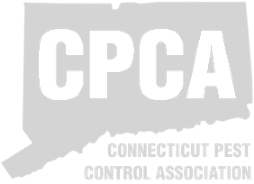When are termites most active? Termites are complex insects that play a critical role in decomposing wood and recycling nutrients in natural ecosystems. However, in residential areas, termites are known for their destructive behavior, causing significant damage to wooden structures within homes. Homeowners are often concerned about termite infestations and their peak periods of activity.
Activity levels in termites tend to fluctuate with the seasons. Typically, termites are most active during the warmer months, usually from early spring to late fall. This increased activity is largely due to the termite life cycle and their need for warmer temperatures to thrive. Nonetheless, it is important to note that termites can remain active year-round, especially in warmer climates where their colonies are less exposed to cooler temperatures.
During their most active period, termites engage in behaviors such as foraging for food, expanding their colonies, and swarming. Swarming is one of the more obvious signs of termite activity and typically occurs in spring when winged termites emerge from their nests to mate and establish new colonies. Homeowners should be vigilant during this time, as detecting and addressing termite activity promptly can prevent extensive damage.
When are Termites Most Active? Understanding Termite Activity
Termites are insects known for their destructive habit of feeding on wood and other cellulose materials. Accurately identifying and understanding their activity cycles and behaviors is crucial for preventing and addressing termite infestations.
Biology of Termites
Termites thrive in colonies that can number from a few thousand to several million individuals, consisting of workers, soldiers, and reproductive members, including queens and swarmers. Subterranean termites are typically more prevalent and destructive due to their underground colonies, while drywood termites live within the wood they consume. These insects are driven by the search for cellulose, a key component in wood, paper, and other materials derived from plants.
Signs of Termite Presence
The signs of a termite infestation can be subtle but are unmistakable upon close inspection:
- Swarmers or Discarded Wings: Reproductive termites, or swarmers, take flight to start new colonies. Finding discarded wings near windows or doors is a common sign of infestation.
- Mud Tubes: Subterranean termites build protective mud tubes as they travel from their underground colonies to food sources above ground.
- Hollow Wood: Termites eat wood from the inside out, creating hollowed-out sections which may sound hollow when tapped.
- Droppings: Drywood termites leave behind droppings, known as frass, that resemble small wood-colored pellets.
Factors Affecting Termite Activity
Termite activity is influenced by several environmental factors which can either heighten or reduce the risk of infestation:
- Climate and Weather: Warm and humid conditions are ideal for termites, with activity typically increasing in the spring and summer.
- Moisture: Excess moisture, often from leaky pipes or poor drainage, can attract termites to a structure.
- Food Sources: The availability of cellulose materials in and around a home can serve as a food source and attract termites.
- Wood-to-Ground Contact: When wood has direct contact with the soil, it can provide easy access for termites to enter and begin causing damage.
Recognizing the biology of termites and the signs of their presence can aid in early detection, and understanding the environmental factors that affect termite activity is essential for effective prevention and control of termite damage.
Termite Activity by Season
Termite activity varies by season, with shifts in behavior and population dynamics influenced by temperature and climate. Here is a closer look at how termite activity changes throughout the year.
Spring and Termite Swarms
During spring, termite colonies reach a maturation point that prompts swarms. Swarmers, or reproductive termites, take flight to establish new colonies, often visible to homeowners. Spring’s warmer temperatures and frequent rains create an ideal environment for swarmers to thrive and increase termite activity.
Summer Peak for Termite Infestations
Summer sees the highest level of termite activity, especially in warmer climates. Colonies grow as workers forage for food to support their nests, often leading to termite infestations in homes. During the late summer, signs such as hollow-sounding wood and mud tubes may suggest an active infestation.
Fall and Declining Termite Activity
In fall, termite activity begins to decline as temperatures drop. Maturity within colonies may trigger another swarming event early in the season, but this is less significant than the spring swarms. Homeowners may notice a decrease in visible signs of termites as the insects begin to prepare for colder months.
Winter Dormancy
During the winter months, termites often go dormant, burrowing deeper into the ground or within wooden structures to escape the cold. While termites are less active in winter, especially in cooler climates, they can remain a threat to heated structures where the temperature enables them to continue feeding and potentially damaging the property.
Preventing and Identifying Termite Damage
Termites can be stealthy pests, but with proactive measures and vigilant detection, homeowners can protect their properties. Early identification and prevention efforts are critical in mitigating termite damage.
Preventative Measures for Homeowners
Protecting a home from termites begins with establishing a solid termite barrier and addressing moisture problems. Homeowners should:
- Ensure regular inspection and application of termite barriers around the property.
- Seal gaps and cracks in the building’s exterior to prevent termite infestation from starting. This includes gaps around pipes and wires entering the house.
- Manage moisture through proper ventilation of crawl spaces and fixing leaks promptly to avoid creating hospitable environments for termites.
- Trim vegetation and trees to prevent contact with the structure, and avoid excessive mulch or woodpiles directly against the home.
Maintaining a clear, 18-inch gap between soil and any wood components of the house discourages termite approach.
Early Warning Signs of Damage
Homeowners should stay alert for signs of a termite infestation. Key indicators include:
- Discarded wings near windows or doors, indicating swarmers have entered the area.
- Mud tubes on exterior walls, which termites use to travel without exposure.
- Hollow wood when tapped, a classic sign of termite activity within.
- Frass (termite droppings), which appears as small piles of pellets, resembling sawdust.
Visual inspections for these signs can unveil an infestation before it leads to significant structural damage. Catching termites early can save substantial repair costs and preserve the integrity of a home.
Professional Termite Control
When addressing termite infestations, professional pest control services provide specialized treatment plans that are effective during any termite season. By leveraging their expertise, homeowners can rely on these services for thorough extermination and control.
Selecting a Pest Control Service
Choosing a professional pest control company is a critical step in ensuring that termite problems are effectively managed. Homeowners should consider licensed providers who offer a free termite inspection to assess the extent of the infestation. It is important to verify the credentials of the pest control service to ensure their ability to deliver high-quality, effective termite control. Consider the following checklist when selecting a service:
- License Verification: Confirm that the pest control company is properly licensed to operate in your area.
- Experience and Reputation: Research how long the company has been in business and read customer reviews or testimonials.
- Inspection and Assessment: Ensure they provide a thorough inspection and detailed assessment of your termite issue.
- Treatment Plan Presentation: Look for companies that present a comprehensive treatment plan with clear explanations of the proposed solutions.
Treatment Options
The treatment options provided by a pest control company should be varied and able to address the specific needs of your termite problem. Two primary treatments are common in professional termite control:
- Liquid Termiticide Treatment: Involves creating a chemical barrier in the soil around a property to eliminate termites and prevent future infestations. It’s a widely used method due to its immediate and long-term effectiveness.
- Bait System: Strategically placed bait stations around the perimeter of a property to lure and poison termites, eventually eliminating the entire colony.
For a successful termite control process, the company should tailor the treatment to the house’s specific conditions, factoring in the construction type, severity of the infestation, and local termite species. It is crucial that the homeowner understands the treatment process, how it works, and what to expect in terms of results and maintenance.
Types of Termites and Their Habitats
Termites thrive in environments that support their specific species needs, with habitats ranging from moist soil to dry wooden structures. Understanding where various termite species reside aids in their identification and management.
Subterranean Termites and Soil
Subterranean termites are among the most prevalent termite species. They typically build their colonies underground and are dependent on the soil for moisture. Their nests can extend deep into the earth, but some species, such as the Eastern subterranean termite, may construct mud tubes to access above-ground food sources. These tubes protect them from predators and preserve the humidity levels necessary for their survival. Common habitats include areas near concrete foundations, where they can easily infest homes from below.
- Habitat:
- Soil near foundations
- Termite mud tubes
Drywood Termites and Wood Structures
Drywood termites do not require soil contact and draw moisture from the wood they inhabit, making them particularly suited for dry environments. These termites often nest in wood structures, including furniture and framing, and are commonly found in attics and crawl spaces where wood is readily available. A distinct characteristic of drywood termite species is their ability to create a nest entirely within a wooden item, without the need for a connection to the ground.
- Habitat:
- Attic framing
- Wood furniture
Formosan Termites and Large Colonies
Formosan termites, also known as “super termites,” are recognized for establishing extremely large and aggressive colonies. Often outnumbering other species, a Formosan termite colony can be housed in soil but is capable of building a nest in various structures without soil contact. These termites can consume wood at a rapid rate and are often found in large numbers, which can lead to significant damage in a short period of time.
- Habitat:
- Large soil nests
- Wood structures without soil contact
Termite Life Cycle and Reproduction
Termites have a complex life cycle that revolves around social hierarchy and reproduction, which is vital for the survival and expansion of the species. They begin as eggs and pass through several stages before becoming fully mature adults. A termite colony’s growth and propagation are intimately linked to the reproduction behaviors of swarmers, or winged termites, particularly during swarming season.
Mating and Swarm Behavior
Swarming season is a critical period in the termite life cycle, usually occurring in the spring but can vary regionally. During this time, winged termites (also known as alates) emerge from their colony in a swarm to mate and start new colonies. These events are often the first visible sign of a potential termite infestation and can involve hundreds to thousands of termites. The swarming flight is triggered by specific environmental conditions such as warm temperatures and high humidity.
Establishing New Colonies
After the swarm, male and female termites land, shed their wings, and pair off to reproduce and form a new colony. The couple, now the king and queen, locate a suitable habitat to establish their colony—often in moist soil or wood, conducive to termite survival. The queen’s ability to lay eggs and start a new termite colony hinges on finding such a habitat. These initial structures are called primary colonies, which over time can develop into massive and complex termite colonies through the queen’s continuous reproduction and the workers’ efforts to expand and maintain the colony.
Frequently Asked Questions
Understanding termite activity is essential for effective home protection. The following FAQs address common inquiries about recognizing and dealing with termite presence.
What signs indicate termite activity in the home?
Signs of termite activity include visible mud tubes on foundation walls, hollowed-out wood that may sound empty when tapped, and the presence of winged termites, commonly referred to as swarmers, inside the home.
How can one differentiate between termites and other similar insects?
Termites differ from ants by having a uniform waist, straight antennae, and equally sized wings. Additionally, termite wings are typically clear and have a veiny appearance, whereas ants’ wings tend to be more opaque.
What methods are most effective for eliminating termites quickly?
Professional pest control services are the most effective for eliminating termites swiftly. They typically use liquid termiticides for immediate results or bait systems which work over time but are less disruptive to the property.
During which months should homeowners be most vigilant for termites?
Homeowners should be particularly vigilant for termites during spring and early summer when the weather starts to warm, as this is when termites are most likely to swarm and establish new colonies.
What are the differences in termite activity between day and night?
Termites are generally less active during the day and more active at night. However, they are not strictly nocturnal and can be found working on their colonies at any time if the conditions, like moisture and temperature, are suitable.
What are the specific behaviors of drywood termites compared to other types?
Drywood termites infest dry wood and do not require contact with the soil, as opposed to subterranean termites. They create distinct pellets as waste, which can be a clear indicator of their presence, and they often form colonies in roof materials and wooden wall supports.





Leave a Reply